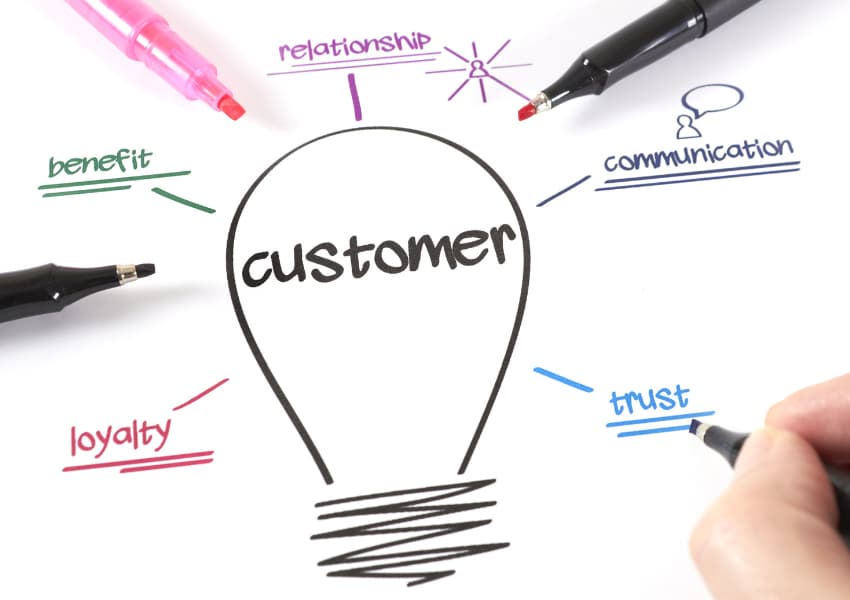The key to any effective marketing campaign is proper customer engagement. This comes through a variety of conduits, including ad campaigns, social media, and web exposure. The key is to properly engage your customer through relevant and meaningful connectivity. Simply bombarding your target audience with ads will prove highly ineffective. Research has revealed that the more customer intelligence a business has, the better it will be able to create campaigns to reach those customers.
In order to effectively engage your customer base you have to understand the types of customers you will be dealing with. There are five basic types of customers. When you are able to understand these different types, you will be in a better position to engage them in a meaningful and relevant way.

The 5 Types of Customers:
1. New Customers
New customers are defined as those individuals who have recently discovered your business, meaning that you have not yet had the opportunity to develop an on ongoing relationship with them. These individuals represent the potential of customer acquisition, but you must first engage them in a manner that will convince them to use your services or buy your products. New customers are looking for products and services that they can depend on. They are looking for companies that will provide quality service and great customer support.
While businesses are different, the concept is the same. You must find the most effective way to incentivize the new customer to choose your business over your competitors.
2. Active Customers
Active customers are those who actively purchase your services or products with some sort of regularity. In the case of an actual store front business, you may recognize these individuals by face or name.
Active customers are looking for consistent good services as well as incentive to continue to use your business. It all begins with great service and exceptional products, but it takes additional incentives to keep those customers coming back. This is called building customer loyalty. An active customer will possess the willingness to switch over to your competitor if the right incentive is present.
3. Loyal Customers
Loyal customers are those who you have taken the time to develop a trusted relationship with. You have not only provided them with the services and products that they are looking for, but you have done it in a manner that gained their trust. When you take the time to engage your customers beyond the advertisements they see consistently, you will begin to connect with them on multiple levels.
Loyal customers will represent a considerable portion of your annual revenue. Because you have developed an ongoing relationship with these customers, you will already have an idea of what they want, making it easier to meet their needs and keep them satisfied. The way that you retain customer loyalty is by rewarding their loyalty and nurturing your relationship with them. Offer them deals on purchases and incentives to try new products or services.
4. Lapsed Customer
Lapsed customers are those customers who have used your services but have since left your camp. There could have left for a number of reasons. It may be because they were unhappy with the purchase, or it could simply be that they no longer need the service or have time for it.
Lapsed customers need exceptional incentives. They need to be engaged and convinced that they will get the best service and treatment by going with your company. Lapsed customers have not yet stopped purchasing altogether, meaning that you still have a good opportunity to make them loyal customers.
5. Dormant Customers
Dormant Customer are customers that have completely stopped purchasing. They once purchased from you but they no longer do. Dormant customers don’t factor into your future forecast, because they don’t contribute to any of the revenue that is being generated.
There are a number of reasons that customers become dormant. The primary reason is because of a bad experience in the past that shaped their opinion of your company or its services and products. A dormant customer needs a reason to return to your company, and they need a good one. There are many instances in which you will have to take extreme measures to get them back, but it can be a worthwhile endeavour.
Understanding the different types of customers that you will encounter will allow you to consider the different needs of each, helping you tailor the manner in which you engage them.
Related Articles
- Turn Your Coffee Shop Customer into Regular Customers
- Types of Cafe Customers and How To Attract Them
- The Inner Workings of the Coffee Shop Customer
- Outdoor Dining is Here to Stay, Take Advantage
- Tips to Get Your Outdoor Cafe Space Ready for Summer